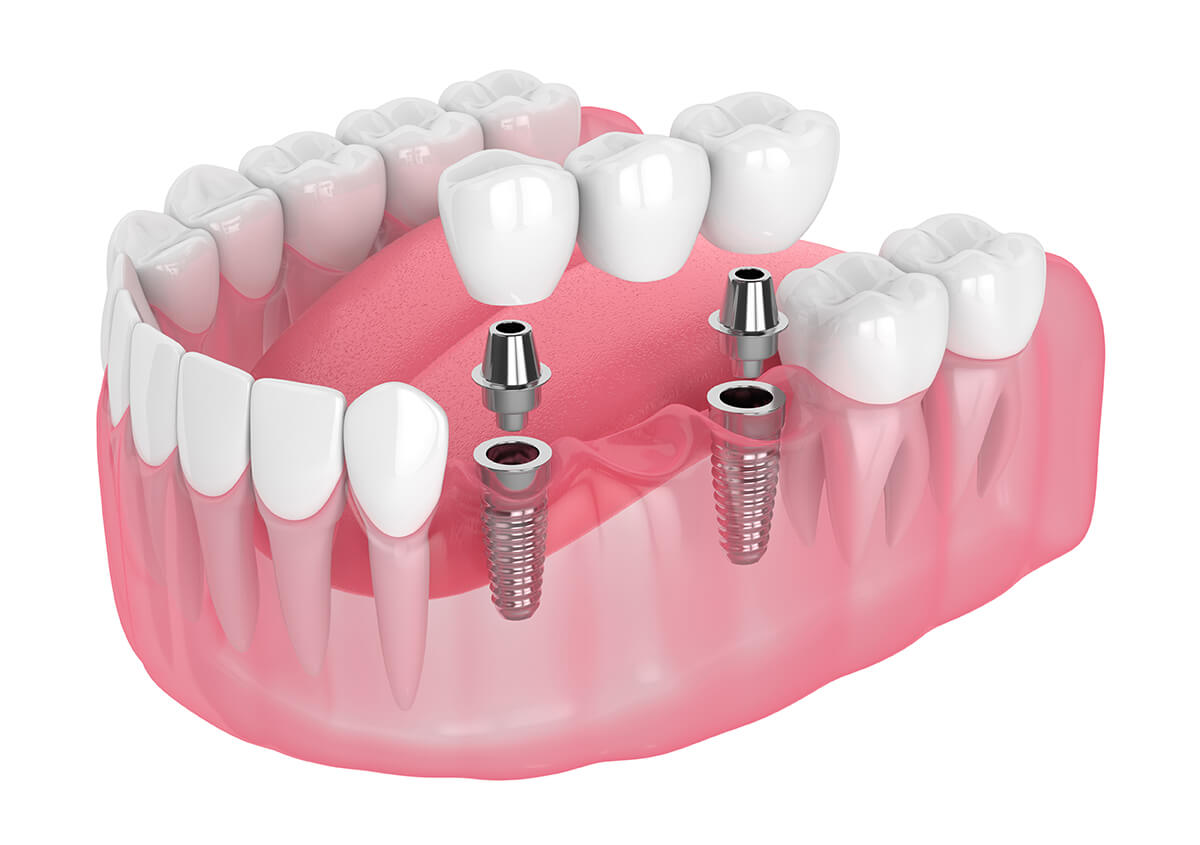
05
Sep
The Differences Between a Traditional and Implant-Supported Dental Bridge

Gum disease. Tooth decay. Physical trauma. Any of these can lead to tooth loss. When you are missing teeth in your smile, you must pursue a tooth replacement option that works best for you. Getting a dental bridge to fill in a gap could be the right treatment depending on your circumstances. Still, it is a good idea to learn how an implant-supported bridge differs from a traditional one. Dr. Rekha Mahajan and the team at Mahajan Dentistry in Novi, Michigan, would like to tell you more about these treatments.
Traditional Bridge
Dental bridges are a popular form of tooth replacement used for many years. They are typically made of ceramic. They utilize false teeth fixed to the base and affixed to the natural teeth on either side of the gap. While a dental bridge can be placed fairly quickly, they tend only to last around 15 years. In addition, the natural teeth which will be used as anchors for the bridge will need to be filed down in preparation, leaving them open to dental issues later.
Implant Supported Bridge
When looking at functionality, an implant-supported bridge is comparable to a traditional one. Where they differ is how they are held in place. Implant-supported bridges are attached to dental implants, which have been surgically implanted into the jawbone. The implants replace the missing tooth’s root, leading to better jawbone health and a sturdier, longer-lasting solution. Because they are held in place by implants, there is no preparation of your natural teeth required. Because it is implanted, you are far less likely to suffer from bone atrophy, which occurs when teeth lose the stimulation provided by teeth after tooth loss.
Consider A Dental Bridge
Dental bridges are often recommended when a patient is missing one to three teeth in a row. When more teeth are missing, alternative solutions will be considered. A dental implant could be a better option if only a single tooth is missing.
Schedule a consultation with Dr. Mahajan today to discuss your options for tooth loss. Our office can be reached at (248) 971-2200.


